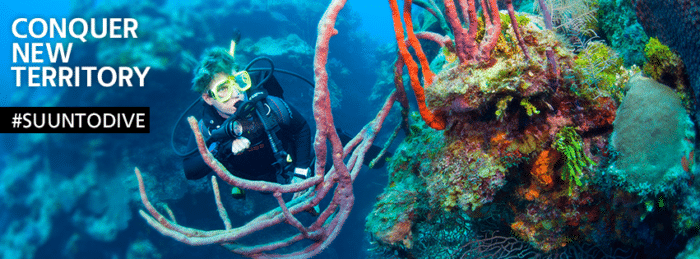Situated just north of Venezuela and south of Grenada are the small islands of Trinidad and Tobago, which became a republic in 1976. These small islands are home to 1.4 million people. Even though they’re small in size, they have become absolutely huge within the diving world. There are dive sites to suit all levels of diver, with divers flocking from all over the world just to swim within these waters.
The majority of dives that take place around Trinidad and Tobago are thrilling drift dives. These drift dives are fuelled by the powerful, nutrient-rich Guyana current and provide amazing opportunities to swim with large Pelagics. However, it’s not just the currents and incredible large species interactions that bring divers to these shores, the healthy and abundant reefs provide awe-inspiring views for even the most experienced of divers. Not only can you feast your eyes on a huge variety of soft and hard corals, you can also have the opportunity to see some of the largest brain coral formations that have been recorded across the world.
Macro photography is a favorite pastime within these waters and budding photographers should not miss out on this spectacular place. Marine life is varied and abundant, however, if you choose to have a day off from diving, topside Tobago is classed as a nature lover’s haven.
Trinidad and Tobago provide diving opportunities in both the Atlantic Ocean and the Caribbean Sea. When diving on the Atlantic side, you can experience warm, nutrient-rich waters, however, surface runoff from the Orinoco River can often affect the visibility and can sometimes add a green hue to the water. The Caribbean is usually clear and is less affected by land runoff.
Location
Top 5 Dive Sites In Trinidad and Tobago
Kariwak Reef, Tobago
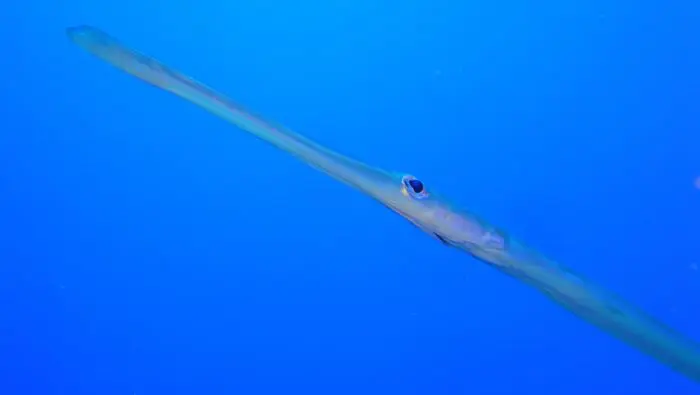
If you’re new to scuba diving, then this is the perfect dive site for you. The reef is a closed reef and is close to Store Bay Beach. This site is usually flat with little to no current. The beginning of the dive takes place on a sandy bottom at around 6m, where you’re met with a stunning reef, which is home to Angel Fish, Scorpion Fish, Southern Stingrays, Electric Rays and many more species of reef fish. Make sure you keep your eyes open for Trumpet Fish that tend to try and imitate the coral.
MV Maverick, Trinidad and Tobago
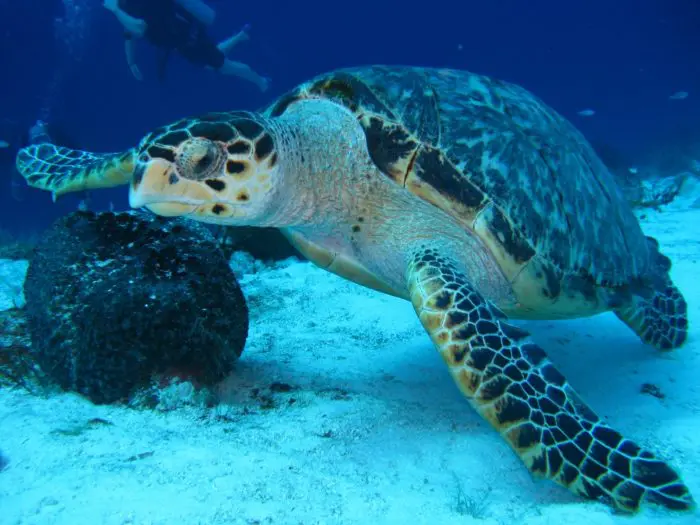
The MV Maverick Wreck is one of the most famous wrecks found in the Caribbean, located between Trinidad and Tobago. With a maximum depth of 30m, this is a dive for more advanced divers. This 107m long car and passenger ferry would often make journeys between the two small islands until 1997 when it was intentionally sunk off Rocky Point. This giant ship sits totally upright and is perfectly intact, with a rich growth of corals and is home to abundant marine life including Turtles, Eagle Rays, Cobia, and Barracuda. This wreck is safe and easy to penetrate, providing access to as far as the engine rooms. If you’re based on one of these islands, make sure you do not miss this dive site.
The Sisters, Tobago
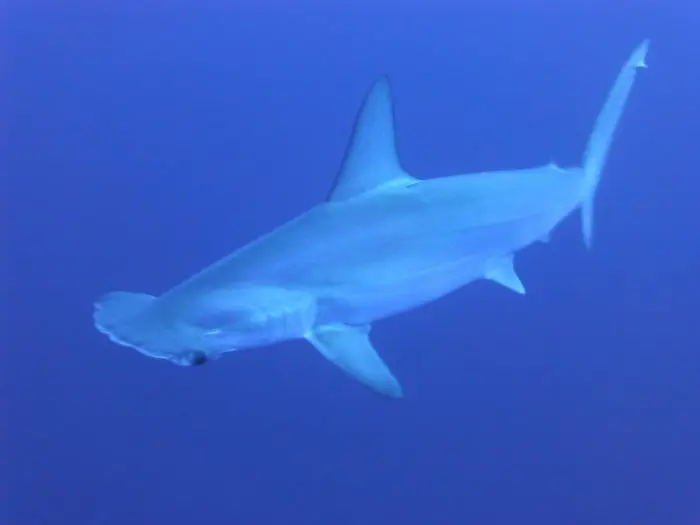
The Sisters dive site is a world-renowned dive site that is located approximately 1.5 miles from land on the Caribbean side of Tobago. It is a stunning rock formation made up of 5 pinnacles, rising from a depth of more than 40m under the surface. These 5 pinnacles come out of the water and are almost 30m high. These rocks act like a slope providing the perfect home for soft coral. As this dive site is located quite a distance from land and has quite a depth, large pelagic fish congregate here, providing amazing sites for divers. Hang around the overhangs and caverns and you’ll see Hammerhead Sharks, Nurse Sharks, Stingrays and if you’re really lucky, you may see Whales, depending on the time of year. Turtles, Moray Eels, and Lobsters can be found around and within the rocks.
Flying Reef, Tobago
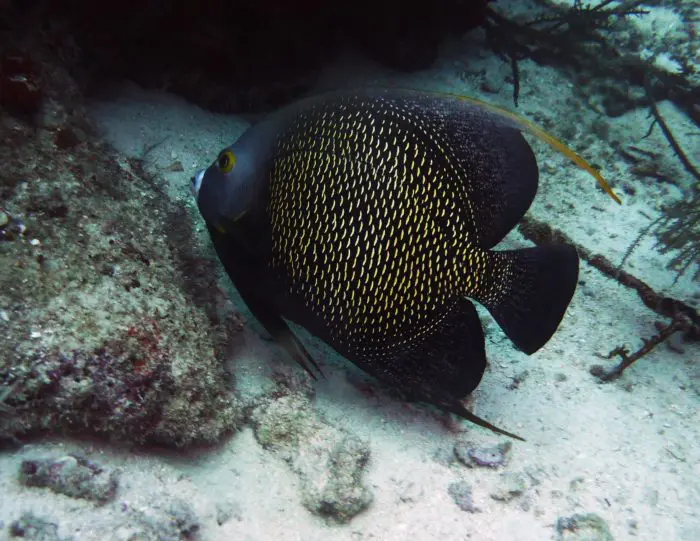
Located on the Atlantic side of Tobago, Flying Reef is a well-known reef amongst divers traveling to this area. It’s relatively shallow at only 15m however it is full of stunning soft corals and giant sponges. The sheer variety of reef fish is just astounding and the colors are stunning. Divers can drift past the reef and see enormous colonies of plate coral as well as large Stingrays burying themselves in the sand surrounding the reef. The current at this location can get pretty fast, hence the name ‘Flying Reef’. However, look out for Turtles, schools of Big Eye and Glass Eye Snapper, French Angelfish and Porcupine fish. There is also a large ship’s anchor along the reef, which is usually surrounded by Pork Fish and Schools of Bermudan Chub. This is a fascinating and great dive for newbies introducing themselves to drift diving.
Keleston Drain, Tobago
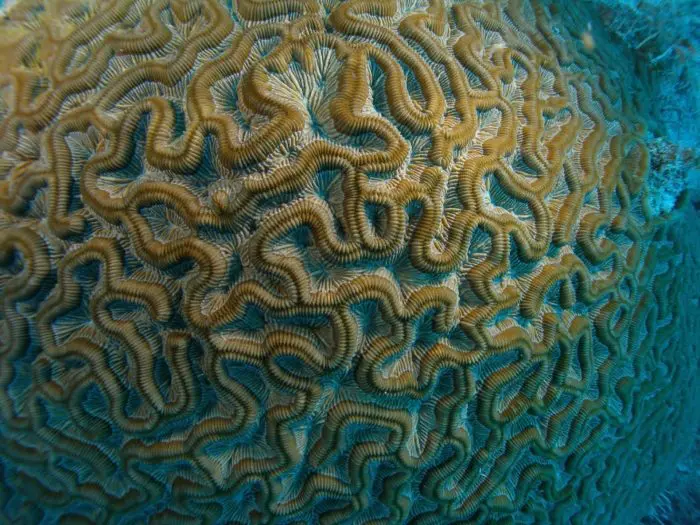
Keleston Drain, which is sometimes known, as Keleston Deep or Little Tobago is a fascinating drift dive along a long plain of lush coral that drops from 9m to 18m, then slopes off steeply. This dive site is also home to the world’s largest brain coral. Even though this single colony is absolutely enormous, it is extremely fragile. Spanning 3m high and 5m wide, this Brain Coral is comprised of millions of individual coral animals. Adjacent to this magnificent coral structure is a reef, which is just beaming with colors and abundant marine life. You’ll see colorful Sponges, Sea Rods, Sea Whips, branching Corals, Sea Fans as well as large Barracuda and large Green Morays. This location is also where the famous Manta Rays of Tobago gather during certain seasons.
There are so many incredible dive sites surrounding Trinidad and Tobago, so if you have one that has not been mentioned on this list, then let us know about it in the comments below.
NOTE: A previous version of this article incorrectly stated the population, this has been corrected to 1.4 million.
Brought To You By
This guide is brought to you by Suunto. We recommend that you use a Suunto Dive Computer when diving one of these dive sites. Suunto is the world’s leading dive computer designer and manufacturer providing diving instruments for recreational, technical and freediving. You can find out more at Suunto.com.


